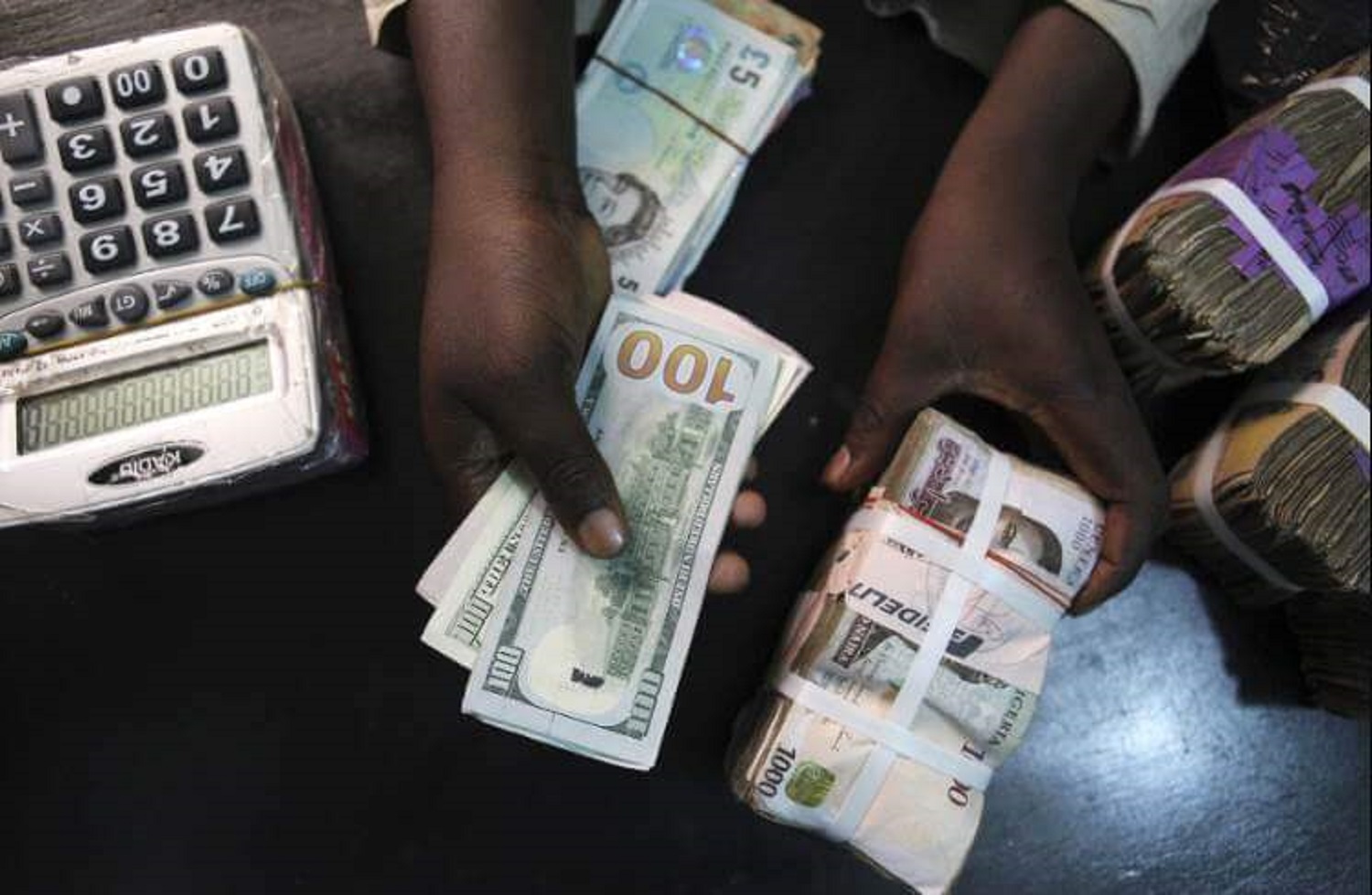Naira has failed to take advantage of U.S. dollar’s collapse.
NewsOnline Nigeria reports that the Nigerian naira has failed to benefit from the declining U.S. dollar index, even as new tariffs imposed by the U.S. take effect.
This Nigeria news platform understands that market activity showed the naira trading at N1,625/$ in the unofficial market, despite the dollar index dropping by over 2% within two days.
ALSO: Naira Records Highest Depreciation Against Dollar Since April
Fundamentals present mixed signals.
While global demand for the greenback has weakened amid a significant sell-off in the U.S. Treasury market, demand for dollars in Nigeria remains high, contributing to the naira’s continued weakness.
This is partly due to the country’s heavy reliance on imported finished goods and concerns that falling oil prices could negatively impact the naira—despite a recent uptick in the Central Bank of Nigeria’s (CBN) foreign exchange net assets.
The CBN announced on Wednesday that it had recorded a $6.83 billion balance of payments surplus and that diaspora remittances had increased to $21 billion in 2024.
Notwithstanding this encouraging data from Nigeria’s central bank, the sharp increase in dollar demand and limited liquidity in the country’s foreign exchange market reflect rising uncertainty.
Recent turmoil in the U.S. Treasury market has made it more difficult for Nigeria to access global debt markets, particularly as the federal government continues exploring dollar-denominated instruments to address its budget deficit.
The Nigerian apex bank reported spending nearly $200 million from its reserves to support the naira in response to the global market shock triggered by President Donald Trump’s new tariffs.
According to the CBN, oil-exporting countries—“especially Nigeria”—are navigating new economic dynamics amid the recent drop in crude oil prices, attributed to the tariffs. Crude oil exports account for 90% of Nigeria’s trade earnings, making them the primary source of foreign exchange income.
The U.S. dollar index, which tracks the greenback’s strength against six major currencies, fell by over 2.4% within two days, hitting its lowest level since early October. In sharp contrast to last year, the dollar has weakened significantly this year, raising investor concerns about the strength and stability of the U.S. economy.
On Friday, gold prices surged above $3,235 per troy ounce, reaching a new all-time high. Gold is typically viewed as a safe haven during times of economic and geopolitical instability and has recently posted its strongest quarterly performance since 1986.
U.S. Dollar Interest Collapses in Global Financial Markets
The U.S. Dollar Index dropped below the 100 mark during early trading on Friday, as efforts to rebound from earlier stagnation lost momentum. This decline coincided with newly announced tariff measures from the White House, raising the effective rate on Chinese imports to an astonishing 145%.
- According to new data released Thursday, the U.S. experienced a notable slowdown in inflation during March. While this typically bodes well for investors, Wall Street remains focused on the broader economic implications of the tariffs.
- Federal Reserve officials have warned that the unexpected tariff hikes could drive up consumer prices and complicate future monetary policy decisions. Trade restrictions may trigger job losses and heighten inflationary pressures, noted Dallas Fed President Lorie Logan, prompting the central bank to adopt a more cautious stance.
Although continuing jobless claims dropped to 1.85 million, initial unemployment claims rose slightly to 223,000—adding to the mixed signals on the labor front. Markets remain highly sensitive to inflation data, even as Fed policymakers downplayed the significance of March’s CPI figures in their recent comments.















